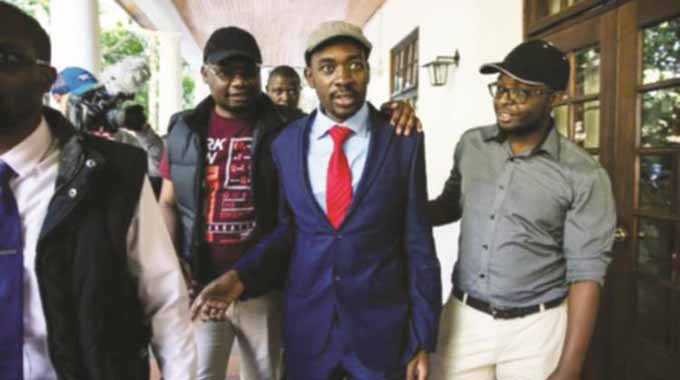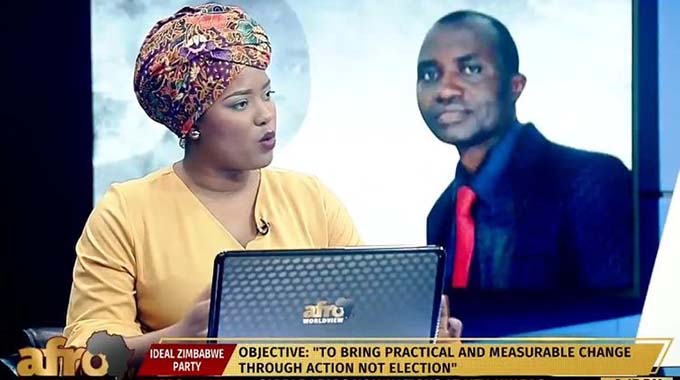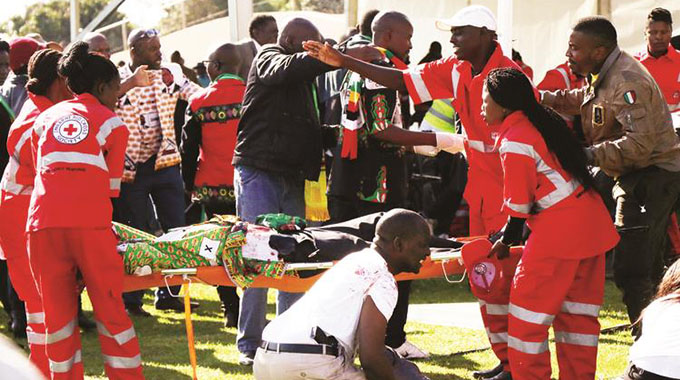Do campaign crowds translate into votes?
It is a gruelling battle for supremacy, a battle for large followers. It is also a battle that political parties, big and small are taking seriously, and as a result, they are fighting it from various angles ranging from open-air rallies; small meetings; advertising; the social media and others.
Pundits are also busy figuring out how the crowds that are braving the chilly weather to attend political rallies will translate into actual votes on July 31.
Open air rallies are taking place every day with some having record attendance while others are modestly attended and others have a very poor turnout.
This is the joy and sorrow that politicians have to live with. All major political parties have had a feel of the mood of their prospective voters since they launched their political manifestos.
Studies have also shown that crowds at political gatherings are not attracted by a single element. They are attracted by a variety of things ranging from the political ideology; message; expectation; the candidate; the inducements offered by those seeking their votes.
What is at stake in 2013? The table and factbox below give a summary of the cake (voters) the political parties are fighting for.
It would have been ideal if demographic information on registered voters per province, their gender and age groups were available. However, the table shows that the crowds attending political rallies are drawn from these figures. Some of them might not be registered voters, while other crowds are peppered with under-age people who attend the events for fun and to get the freebies that are handed out.
However, there are a number of frequently asked questions regarding crowds at political rallies and the actual voting process:
- Does crowd size really matter?
- Do the crowds we see at campaign rallies translate to votes for the respective candidates and their political parties?
- What is the secret behind huge turnouts at political rallies?
- Can the numbers be trusted or they can in actual fact mislead and give false hope to the aspiring candidates?
- How much should be read in the size of campaign crowds, and how much meaning should we attach to that?
- Is it possible to attract large crowds but still lose?
- On July 31 will we see large, modest or small voter turnouts? What would be the reasons?
Political scientist and academic Dr Charity Manyeruke of the University of Zimbabwe is optimistic about the current crowds and voter turnout. She remarked, “Attendance at rallies is not forced, but voluntary, therefore the people we are seeing are likely to turn out as voters for parties convening the rallies. A process of mobilisation has been entered to encourage voter registration. Political parties have clearly spelt out their manifestos and there are no signs of voter apathy.”
A cultural expert who refused to be named for professional reasons said, “It is always hoped that the people attending these rallies are supporters of those political parties, and that they are also registered voters.
“Although this is not definitive, one way of gauging that the crowd attending a rally have not been coerced to attend, but are true supporters of a given political party is the prevailing mood, feeling and atmosphere at the rally. If there is an atmosphere of camaraderie, and if the political message is received with enthusiasm, chances are that the voter turnout will be high. Politicians and their campaign teams should always read the mood at any given rally to determine whether this would result in potential votes”.
An elderly man who has voted since 1979 said, “Although it gives confidence to have large crowds at rallies, politicians should not put total trust in those crowds because people attend political rallies for different reasons. They will tell you that where they place their ‘X’ is their personal affair”.
He gave an example of what happened in his constituency last week: “When the Zanu-PF candidate came to address a rally mid-last week, there was a stampede for the party regalia. It was mostly young people, and these are the same people who attended the MDC-T rally at the weekend. We see them wearing the T-shirts and baseball caps, and at the end of the day, we don’t know where they belong, let alone whether they are registered. The same also happened when MDC-T was handing out second-hand clothes. Rutendo Hall was packed. Some of the recipients might have been Zanu-PF members. It’s a catch-22 situation.”
Another school of thought says that contrary to 2008 where thousands attended Zanu-PF rallies, but threw away their vote in protest, 2013 is a different ball game altogether. People have realised that a protest vote can adversely affect them and erode the gains they have made so far, especially those who were allocated pieces of land under the land reform programme.
This school of thought argues that the crowds and atmosphere we see at star rallies addressed by President Mugabe look sincere because as voters, they have had the opportunity to compare and contrast Zanu-PF and MDC-T at work. They also know the party that represents their interests.
We also have a second set of campaign crowds that determines voting patterns: the social media. It will play a major role in the 2013 poll, but the extent of its positive or negative impact will only be assessed after the election, and in a scientific manner.
How are candidates and their political parties ensuring that these figures work in their favour and translate into actual votes? It involves a lot, materially and financially.
Whatever the outcome, it seems as though prospective candidates still love addressing crowds, not only as “indicators of growing support, but as one of the most important tools for voter motivation”. It is hoped that the rapport cascades to the ballot box.








Comments